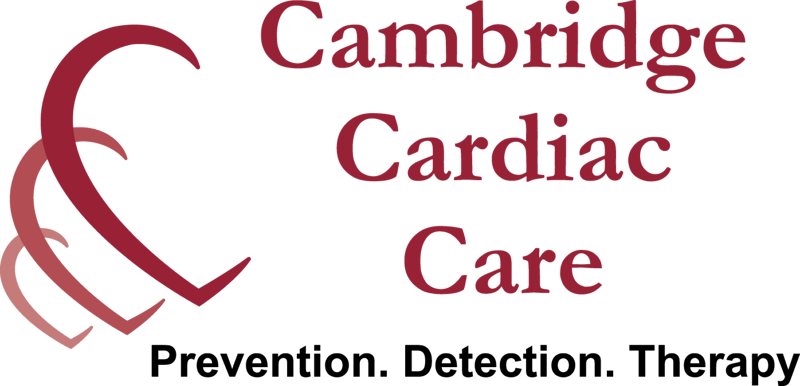A stress test is simply an exercise test that is carefully monitored for safety.
It's nothing to really get stressed about.
The cardiac stress test is a very common, non-invasive, and generally safe diagnostic tool that tests how the heart behaves under the “stress” of exercise. Patients are asked to walk on a treadmill with slowly increasing intensity while their heart rhythm and blood pressure are monitored. Incline and speed are gradually increased, every 3-minutes, until the target heart rate is reached. An exercise stress test may be conducted to diagnose coronary artery disease, to discern if abnormal heart rhythms are triggered by exercise and to help your cardiac rehab team develop a safe exercise program for you.


 1.jpg)







